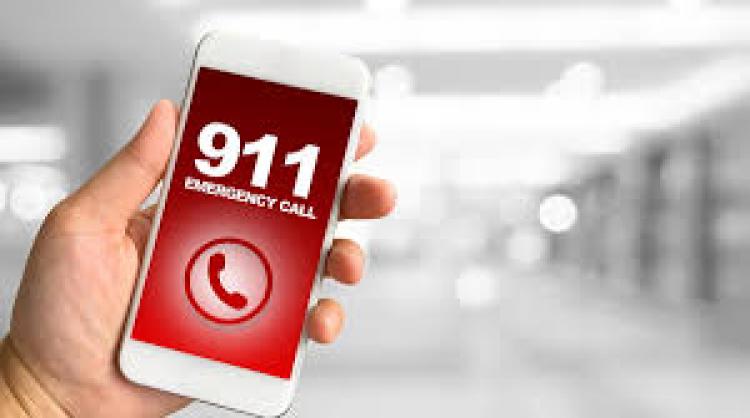FCC Wants Better 911 Outage Notifications
April 8, 2021 | by Andrew Regitsky

With the FCC stuck with two Democrat and two Republican commissioners, it is forced to concentrate on non-partisan non-controversial issues such as broadband maps and the Emergency Broadband Benefit Program. In that spirit, on April 22, 2021 it will delve into yet another area of mutual agreement, that of improving 911 and E911 notifications when there are network outages.
As background, the Commission has established four threshold criteria when reporting outages that potentially affect 911 service. All trigger a notification requirement.
1. There is a loss of communications to Public Safety Answering Points (PSAPs) potentially affecting at least 900,000 user minutes and: The failure is neither at the PSAP(s) nor on the premises of the PSAP(s); no reroute for all end users was available; and the outage lasts 30 minutes or more; or
2. There is a loss of 911 call processing capabilities in one or more E-911 tandems/selective routers for at least 30 minutes duration; or
3. One or more end-office or [Mobile Switching Center (MSC)] . . . switches or host/remote clusters is isolated from 911 service for at least 30 minutes and potentially affects at least 900,000 user-minutes; or
4. There is a loss of [Automatic Number Identification (ANI)/Automatic Location Information (ALI)] . . . and/or a failure of location determination equipment, including Phase II equipment, for at least 30 minutes and potentially affecting at least 900,000 user-minutes (provided that the ANI/ALI or location determination equipment was then currently deployed and in use, and the failure is neither at the PSAP(s) or on the premises of the PSAP(s)).
The problem the Commission is facing is that currently there are two different sets of requirements for the timing, content, means, and frequency of PSAP notification depending on the nature of the provider. The Commission adopted one set of rules for 911 originating service providers, and a second set of more stringent rules for covered 911 service providers, entities that since they aggregate 911 calls, were most likely to experience reportable outages affecting 911 service.
Facing this conflict in rules, the Commission intends on releasing a Notice of Proposed Rulemaking (NPRM) in Docket 13-75, seeking industry input on the following proposals:
Harmonizing the timeframe, means, and frequency of notification from originating and covered 911 service providers to PSAPs about network disruptions. This includes requiring originating service providers to notify, via telephone and in writing through electronic means, potentially affected 911 facilities of an outage no later than 30 minutes of discovering the outage. Also, as additional information becomes available, service providers would be required to communicate such information no later than two hours after the initial notification.
Standardizing the type of information conveyed to PSAPs, which includes “all available material information,” such as name of the service provider(s) offering the notification and/or experiencing the outage, date and time when the incident began, communications services affected, and potential impact on PSAPs.
Ensuring that originating and covered 911 service providers maintain accurate PSAP contact information. As an alternative, the Commission seeks industry input on whether a mandatory PSAP contact information database accessible to and updated by originating and covered 911 service providers, as well as PSAPs would be preferably.
Establishing consumer notification procedures for 911 unavailability, such as service providers notifying customers of 911 outages within 60 minutes of determining the outage by providing information on their websites and Internet-related applications. Specifically, the Commission proposes to require that service providers create public notifications that include the following: (1) a statement that there is an outage affecting 911 availability, (2) a description of the geographic area where 911 callers may face 911 unavailability, (3) an estimated time that 911 service became unavailable, and (4) an estimate of when 911 services will be restored. It further proposes that service providers be required to include alternative means to reach emergency services, such as alternative contact information, at the request of the PSAP, on a per outage basis.
Finally, the Commission proposes to require originating service providers and covered 911 service providers to comply with any adopted rules that harmonize outage notification requirements by April 1, 2022.
Industry comments are due 30 days after the NPRM appears in the Federal Register.

